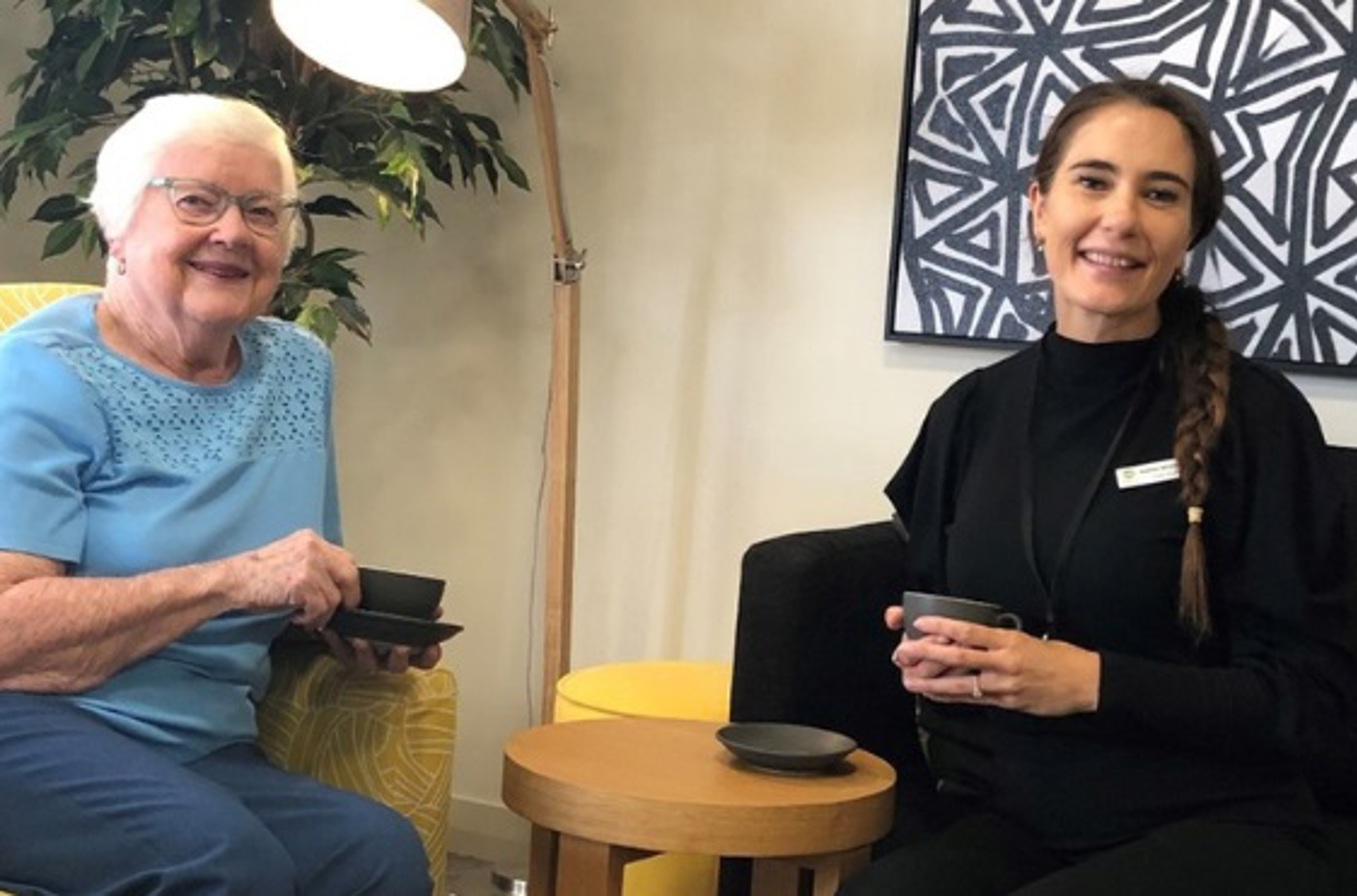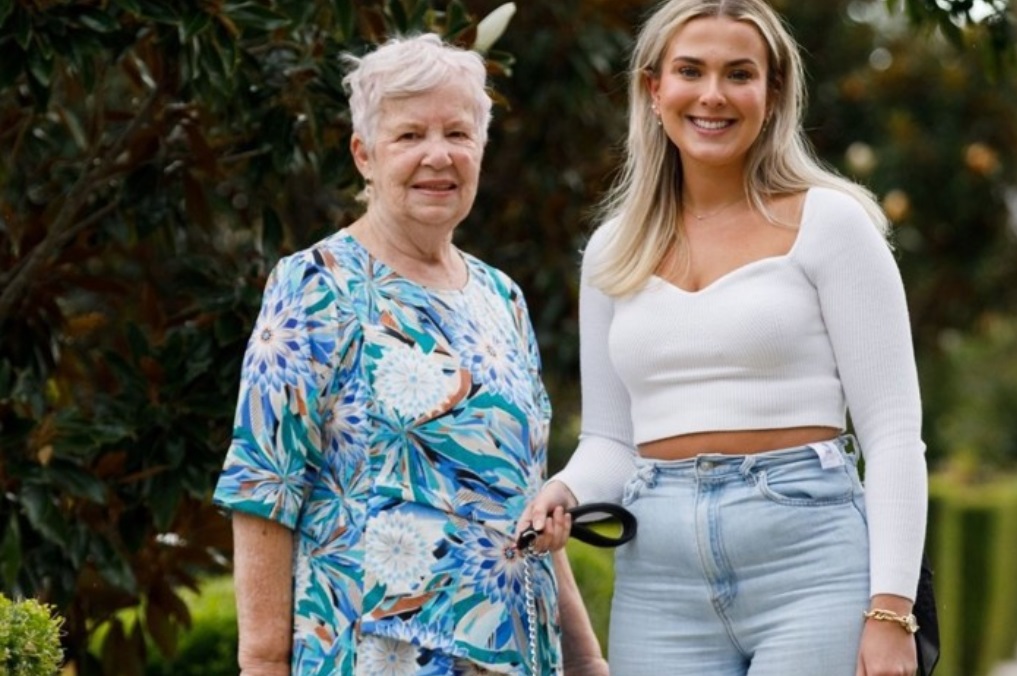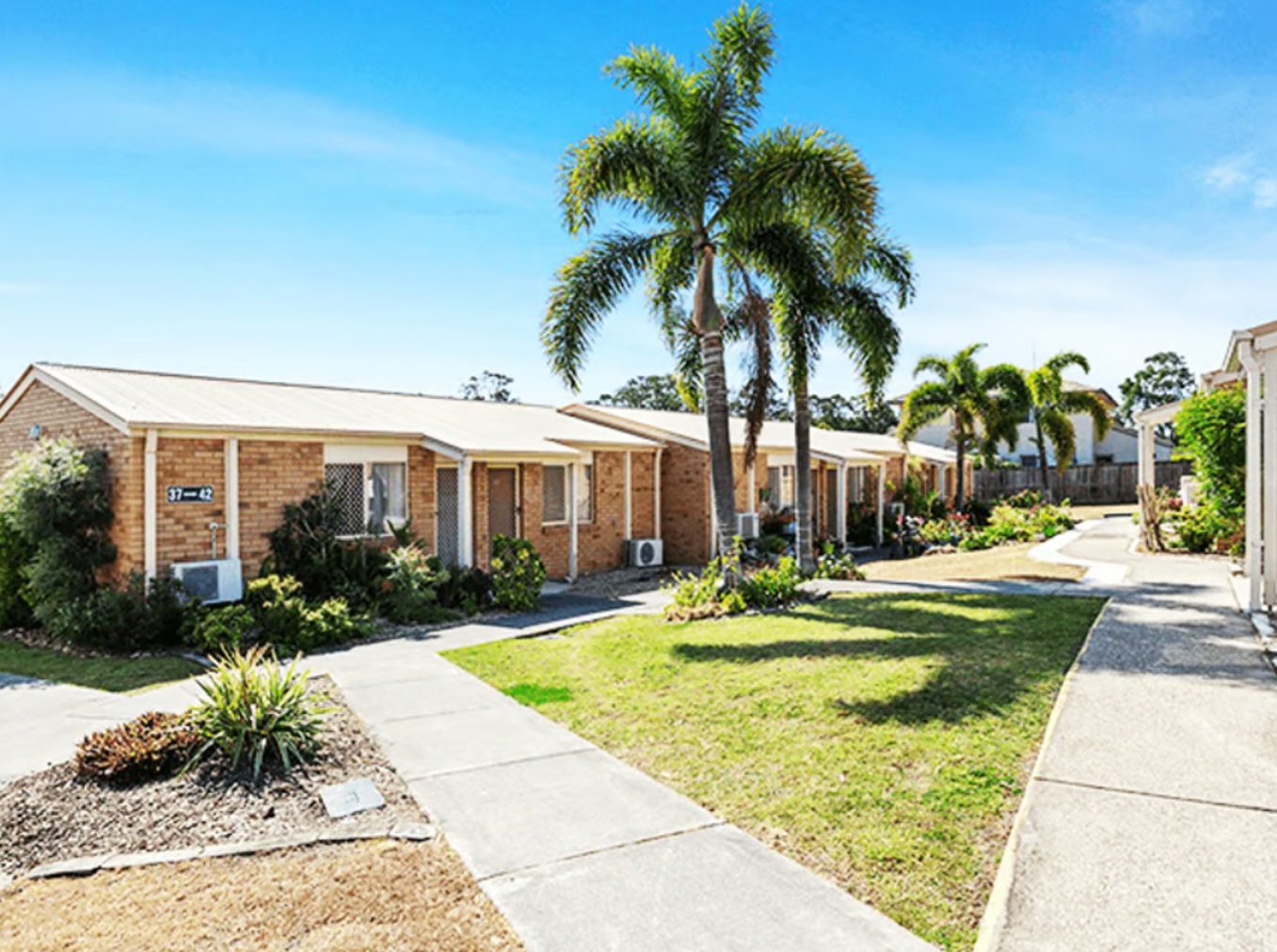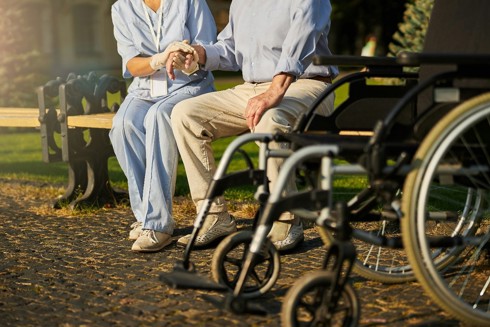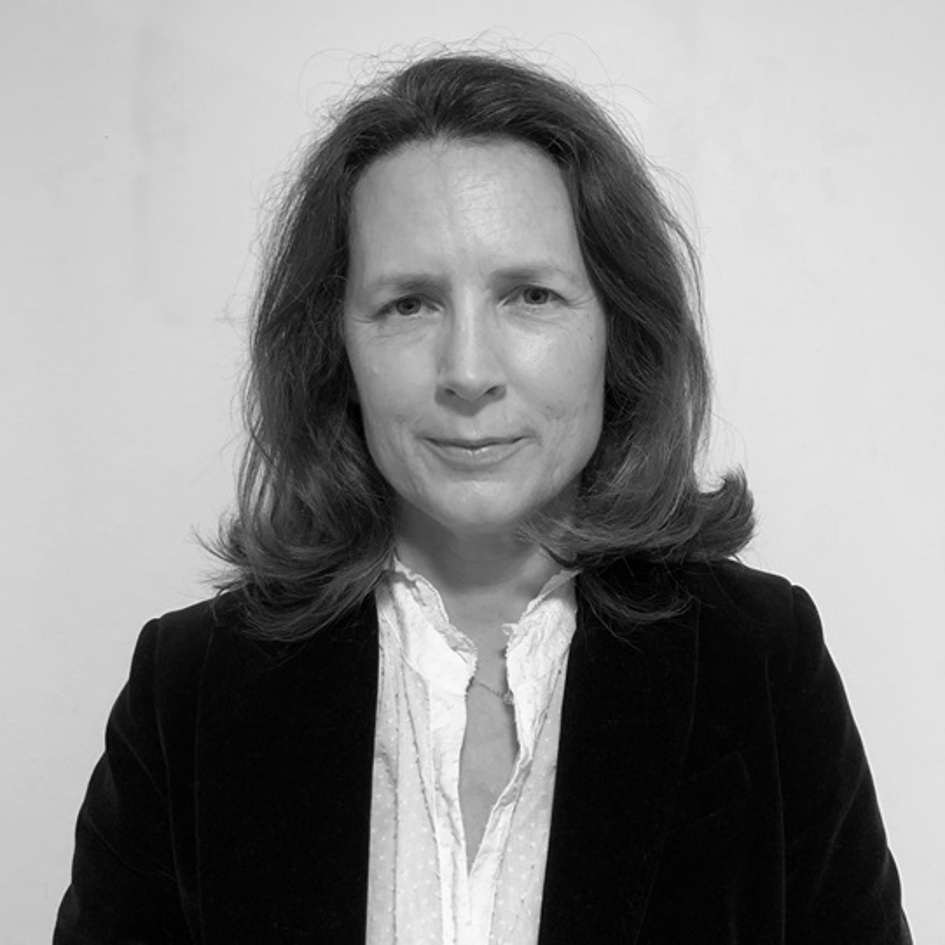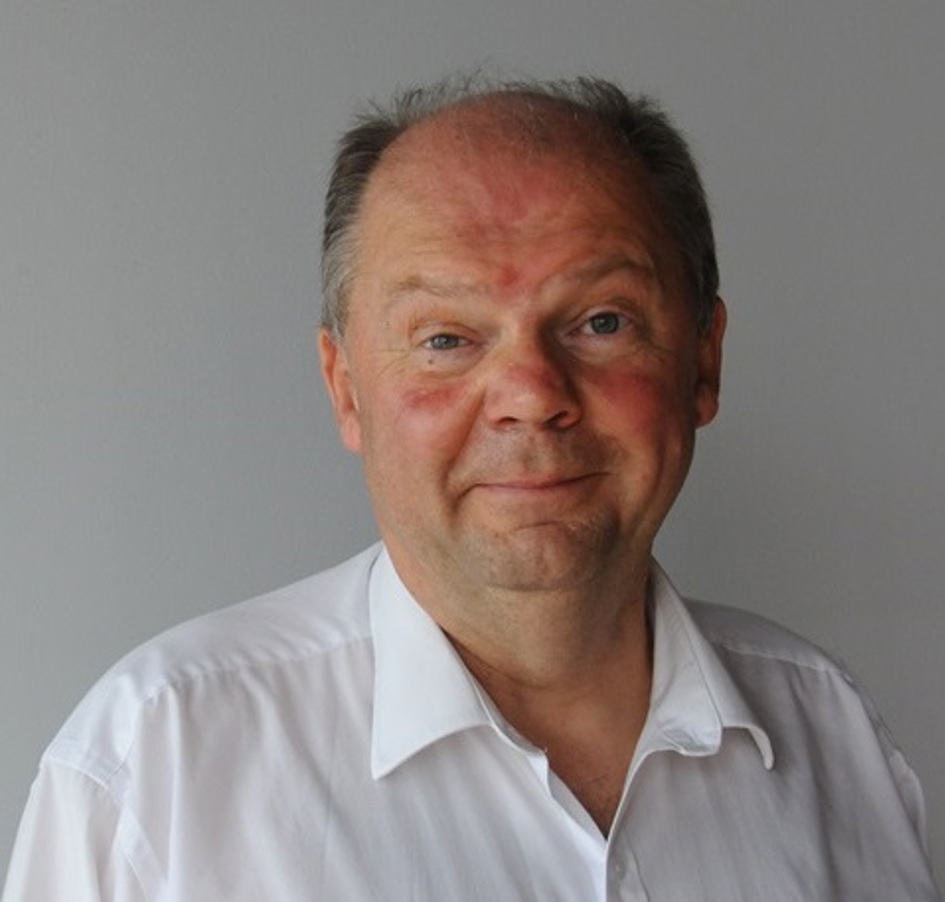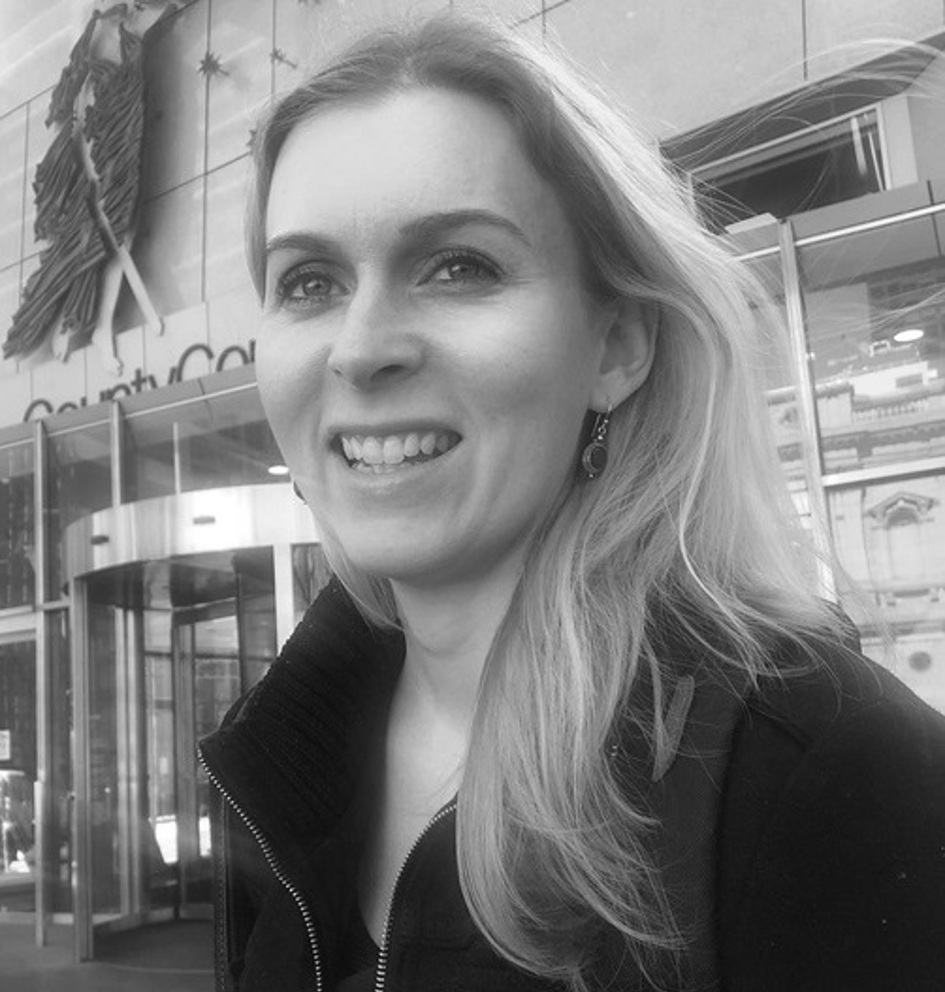Long COVID's impact is like a stroke and Parkinson's Disease
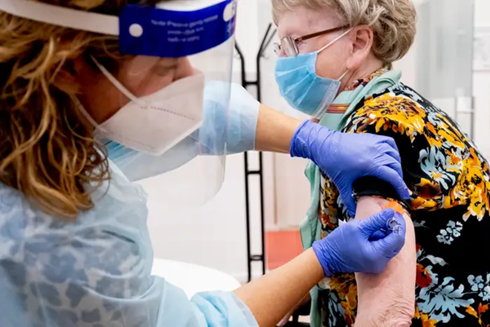
The COVID-19 virus was first detected in Australia on 19 January 2020. The virus has remained in residential aged care homes throughout the nation since.
As at 8:00 am on 21 August 2025, there were 588 active COVID-19 cases reported in 110 residential aged care homes. There were 53 new outbreaks, 11 new resident deaths and 627 combined new resident and staff cases reported since 14 August 2025.
Most people think of COVID as a short illness similar to a cold with a few days of fever, sore throat or cough before getting better.
Unfortunately for many, the story doesn't end there. Long COVID - defined by the World Health Organization (WHO) as symptoms lasting at least three months after infection - has become a lasting part of the pandemic.
Most research has focused on describing symptoms, such as fatigue, brain fog and breathlessness. But their effect of long Covid on daily life has not been well studied in Australia.
However, research led by Danielle Hitch (left), Senior Lecturer in Occupational Therapy, Deakin University; Genevieve Pepin (right), Professor, School of Health and Social Development, Deakin University; and Kieva Richards, Lecturer in Occupational Therapy, La Trobe University, shows long COVID isn't just uncomfortable or inconvenient.
"People with the condition told us it can profoundly limit their daily life and stop them from doing what they want to do, and need to do,” Danielle said.
What is long COVID?
Long COVID affects about 6% of people with COVID, with more than 200 symptoms recorded. For some, it lasts a few months. For " long haulers " it stretches into years.
The size of the problem is hard to measure, because symptoms vary from person to person. This has led to debate about what long COVID really is, what causes it, and even whether it's real.
But mounting evidence shows long COVID is very real and serious. Studies confirm it reduces quality of life to levels seen in illnesses such as chronic fatigue syndrome, stroke, rheumatoid arthritis and Parkinson's disease.
What people with long COVID told the researchers
The survey of 121 adults across Australia living with long COVID, caught the virus between February 2020 and June 2022, with most aged 36-50. Most were never hospitalised, and managed their illness at home.
But months or years later, they were still struggling with daily activities they once took for granted.
To understand the impact, they were asked to complete two surveys widely used in health research to measure disability and quality of life - the WHO Disability Assessment Schedule and the Short Form Health Survey.
These surveys capture people's own voices and lived experience. Unlike scans or blood tests, they show what symptoms mean for everyday life.
The results were striking.
People with long COVID reported worse disability than 98% of the general Australian population. A total of 86% of those with long COVID met the threshold for serious disability compared with 9% of Australians overall.
On average, people had trouble with daily activities on about 27 days a month and were unable to function on about 18 days.
Tasks such as eating or dressing were less affected, but more complex areas - housework and socialising - were badly impacted. People could often meet basic needs, but their ability to contribute to their homes, workplaces and communities was limited.
Quality of life was also badly affected. Energy levels and social life were the most impacted, reflecting how fatigue and brain fog affect activities, relationships and community connections. On average, overall quality of life scores were 23% lower than the general population.
The implications
International research shows similar patterns. One study across 13 countries found similar levels of disability. It also found women had higher disability scores than men. As long COVID disability has many facets and can change a lot over time, it doesn't fit into traditional ways of providing health care for chronic conditions.
Another key insight from this study is the importance of self-reported outcomes. Long COVID has no diagnostic test, and people often report health professionals are sceptical about their symptoms and their impact. Yet in Australia the study showed people's own ratings of their recovery strongly predicted their disability and quality of life.

